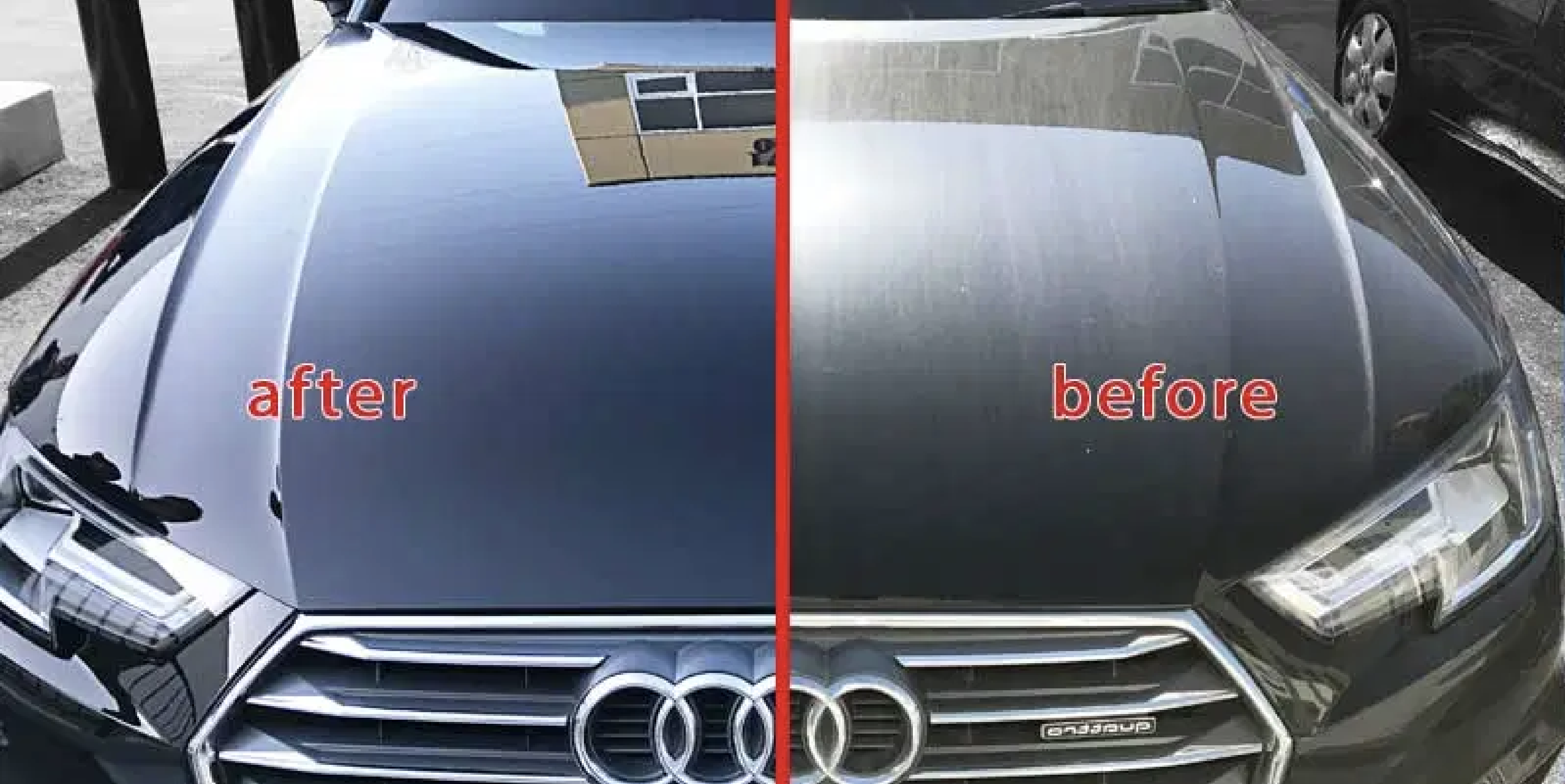Get expert car detailing for a full restoration.
Get expert car detailing for a full restoration.
Blog Article
A Comprehensive Guide to the Types of Ceramic Layer on the Market
Ceramic finishes have emerged as an essential solution throughout different markets due to their special buildings and applications. From silica-based formulas known for their effectiveness to crossbreed choices that merge numerous advantages, the selections readily available can be frustrating. Comprehending the nuances of each type, including their specific benefits and ideal use instances, is crucial for making notified choices. As we check out the distinctive qualities and applications of these coverings, the implications for efficiency and long life become progressively noticeable, questioning concerning which kind might finest match your demands.
Understanding Ceramic Coatings
Ceramic coatings are sophisticated protective solutions that have gained appeal in different markets, especially in automotive and aerospace applications. These coverings include a fluid polymer that, when healed, creates a durable, hydrophobic layer externally of the substratum. This layer supplies improved resistance to environmental impurities, UV radiation, and chemical direct exposure, consequently expanding the life and aesthetic allure of the underlying product.
The fundamental component of ceramic coatings is silica, which adds to their firmness and sturdiness. The application process typically entails surface preparation, application of the layer, and treating, which can be achieved via warm or UV light. Once healed, ceramic finishings exhibit exceptional bonding homes, allowing them to adhere highly to a selection of surface areas, including metals, plastics, and glass.
Along with their protective functions, ceramic finishes additionally provide convenience of upkeep. Their hydrophobic nature decreases the adherence of dirt and crud, making cleansing easier and much less regular. Generally, the fostering of ceramic coverings represents a substantial innovation in surface security modern technology, offering both practical and aesthetic advantages throughout multiple industries.
Kinds Of Ceramic Coatings
Various sorts of ceramic finishings are readily available, each developed to meet details performance demands and applications - Car Detailing. One of the most typical kinds consist of:
Silica-based Coatings: These coatings mostly are composed of silicon dioxide and are recognized for their resilience and chemical resistance. They are commonly made use of in vehicle and industrial applications.
Titanium Dioxide Coatings: Distinguished for their photocatalytic buildings, titanium dioxide coverings are usually applied in settings where self-cleaning and antifungal properties are desirable, such as in building materials and vehicle surfaces.
Zirconia Coatings: Identified by their high-temperature stability and thermal resistance, zirconia finishes are made use of in applications such as turbine engines and high-performance automobile parts.
Alumina Coatings: Displaying excellent firmness and thermal stability, alumina coverings are regularly made use of in wear-resistant applications, consisting of reducing devices and industrial equipment. - Paint Protection Film
Crossbreed Coatings: Combining the properties of numerous products, crossbreed finishes provide improved efficiency characteristics, making them suitable for special and demanding applications.
Each type of ceramic coating offers distinct functions, enabling users to pick the most ideal remedy based upon certain environmental problems and performance needs.
Benefits of Ceramic Coatings
Ceramic finishes, in particular, offer various advantages that make them progressively preferred amongst suppliers and consumers alike. These coverings are immune to scrapes, chemicals, and UV rays, making certain that the underlying surface area remains secured over time.
In addition to sturdiness, ceramic coverings give outstanding hydrophobic homes, allowing for easy cleaning and maintenance. This water-repellent nature minimizes the adherence of dust, gunk, and various other contaminants, which can extend the visual allure and capability of the surface area. Furthermore, ceramic finishings can dramatically boost thermal resistance, making them excellent for applications that sustain high temperature levels.

Application Process
When applying ceramic coatings, a meticulous strategy is vital to accomplish ideal results. A clean surface area guarantees site here correct attachment of the finish.
Once the surface area is prepped, the next action is to apply the ceramic finishing. The coating must be applied in slim layers, as thicker applications can lead to uneven coatings.
After application, the layer needs a certain curing time, usually varying from a few hours to a complete day, depending on the product. During this time, it is crucial to avoid exposure to wetness or pollutants. A mild buffing may be needed after treating to improve the gloss and get rid of any type of high places. Complying with these steps carefully will make best use of the efficiency and longevity of the ceramic covering, providing a resilient protective layer for the surface.
Upkeep and Longevity
To make sure the durability and efficiency of a ceramic finish, normal maintenance is essential. Ceramic coverings, understood for their sturdiness and protective high qualities, call for certain care routines to maximize their life expectancy and efficiency.
In enhancement to regular washing, periodic evaluations are critical. Try to find indications of wear or damage, such as hydrophobic homes diminishing or surface area blemishes. If required, a light polish might be used to rejuvenate try here the covering without removing it away.
Additionally, the application of a booster spray can enhance the finish's hydrophobic impacts and recover its gloss. This is specifically helpful for coatings that have been in use for an extended duration. Inevitably, by adhering to these upkeep methods, one can dramatically expand the life of a ceramic finishing, making sure that it remains to provide ideal security versus environmental aspects and maintain the visual appeal of the vehicle.
Conclusion

Report this page